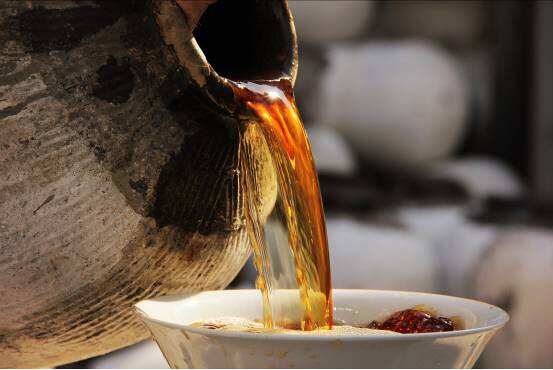The China-EU Agreement on Geographical Indications officially entered into force on March 1, 2021. It is China's first bilateral comprehensive and high-level agreement on the protection of geographical indications (GIs), and an important and practical outcome in the development of China-EU economic and trade relations in recent years.
We will continue to introduce to you the first batch of 100 Chinese GIs and 100 European GIs under the Agreement, to better protect and market them to meet the needs of consumers on both sides for a better life.
GI Episode 8: Shaoxing Wine
Shaoxing is an ancient city in Zhejiang province, a richly endowed place with waters and mountains. The Shaoxing wine, with a brewing history for more than 2,500 years, is fermented from high-quality sweet rice, wheat and water of Jianhu Lake, and one of the most famous varieties of huangjiu, or Chinese yellow wine.

Jianhu Lake is a man-made lake built in the Eastern Han Dynasty. It collects 36 mountain streams flowing down from Kuaiji Mountain, and is the source of abundant, high-quality water for the making of Shaoxing wine. The lake is most crystal clear in winter, so the wine brewed in winter is the best.

Shaoxing wine is still made in the old-fashion way: steam the pre-soaked rice, spread it after it's fully cooked to naturally cool down, store the rice in jars for heat preservation fermentation, lift the jar lid to stir the rice inside and leave the jar open for further fermentation; wait until the next spring to squeeze the wine out, boil the wine for disinfection before packing it into jars, and seal the jars for storage. The whole process takes more than 80 days. As a coastal, mountainous city, Shaoxing enjoys mild and humid climate that creates a special, complex microbial environment for rice and wheat to react, giving the wine unique aroma and mellow taste.
The brewing technique of Shaoxing wine has been passed down generation by generation, and was included into the National Intangible Cultural Heritage List in 2006.

